New technology using solar-powered drones flying in the stratosphere will provide wider internet coverage in the future.

Design simulation of a 5G floating base station operating in the stratosphere. Photo: Softbank
Japan's telecommunications industry hopes to re-establish its position on the global map by deploying flying base stations by 2025. Called high-altitude base stations (HAPS), the technology aims to provide wider coverage using unmanned vehicles flying in the stratosphere, Interesting Engineering reported on January 1.
Over the past few years, countries have been scrambling to roll out 5G, the fastest wireless connection available on the market. According to data aggregator Statista, there are more than 5 billion internet users in the world . However, internet service remains scarce in Africa, where only 24% of the population has access to the internet. The difficulty of setting up base stations in remote areas is one of the reasons for the low coverage. Depending on the terrain, a base station on the ground has a range of 3-10 km. A large number of base stations are needed to make internet service available on a large scale.
Telecom companies like Japan’s NTT see HAPS as a next-generation solution to the problem, helping to fill the gap. Similar to SpaceX’s Starlink network that provides internet service from space, HAPS could provide mobile service using solar-powered drones flying at altitudes of 18-25 km. The coverage of such a module is expected to be around 200 km.
Japanese companies plan to provide airborne vehicles, telecommunications equipment, and operational management packages to facilitate HAPS deployment. At the World Radiocommunication Conference held in the United Arab Emirates in November-December 2023, Japan proposed using four frequency bands as international standards for airborne stations, paving the way for the deployment of uniform technology worldwide. The proposal includes frequencies of 1.7 gigahertz, 2 GHz, and 2.6 GHz for global use for airborne base stations. In addition, the 700-900 megahertz (MHz) frequency band, which is used to improve mobile services in Europe, the Americas, Africa, and parts of Asia, was also approved.
NTT has partnered with satellite broadcaster Sky Perfect JSAT to provide HAPS service from April 2025. The technology is expected to be tested at the World Expo 2025 exhibition in Osaka.
An Khang (According to Interesting Engineering )
Source link










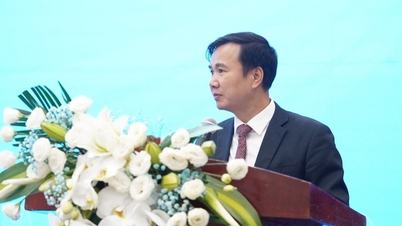














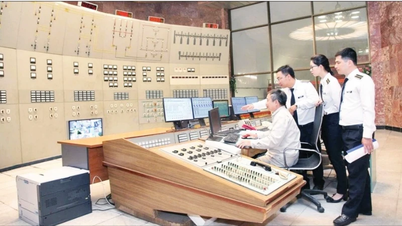







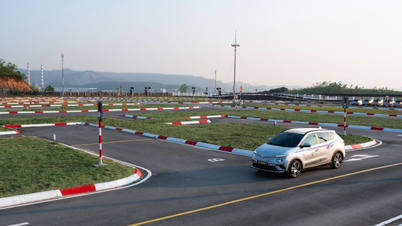




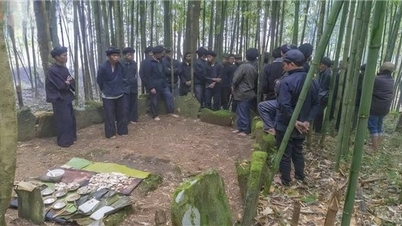









![[Video] Hue Monuments reopen to welcome visitors](https://vphoto.vietnam.vn/thumb/402x226/vietnam/resource/IMAGE/2025/11/05/1762301089171_dung01-05-43-09still013-jpg.webp)











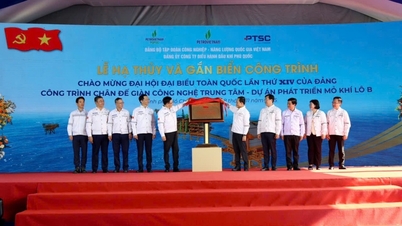


























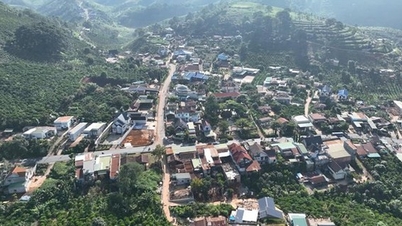













![Dong Nai OCOP transition: [Part 2] Opening new distribution channel](https://vphoto.vietnam.vn/thumb/402x226/vietnam/resource/IMAGE/2025/11/09/1762655780766_4613-anh-1_20240803100041-nongnghiep-154608.jpeg)











Comment (0)